What is the Difference Between Wicker and Rattan Furniture?
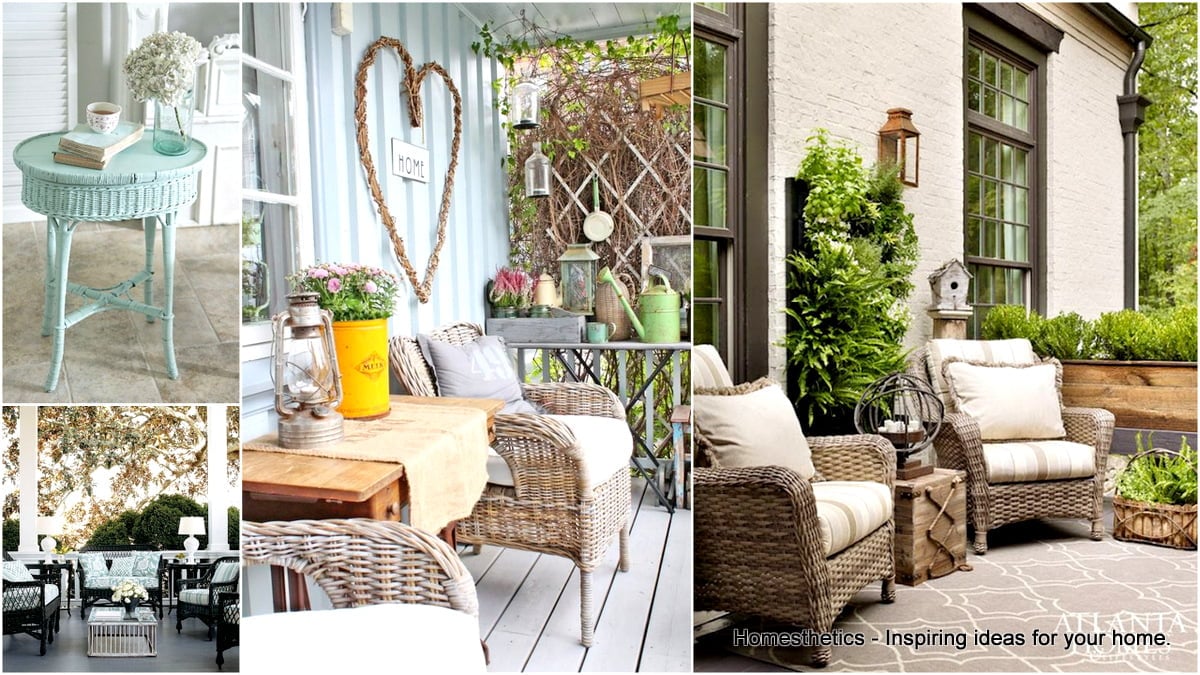
"Rattan" and " Wicker" are terms often confused, and interchanged by mistake due to their popularity for both indoor and outdoor furniture alike. Despite the confusion, both "rattan furniture" and "wicker furniture" have simply mesmerized the patios of millions of households, living rooms with airy ambiance, and households that seek to embrace the natural material as much as possible. Long story short, rattan is a material used to make furniture whereas wicker is actually a technique that involves weaving natural materials like willow or bamboo in complex, intricate patterns.
The beautiful intricate solutions of wicker are known to have been used as far back as ancient Egypt, mesmerizing our world throughout its existence.
In the following article, we will go into detail about the difference between the two and showcase simply extraordinary design solutions from both spheres. Cast a glance and don`t be a stranger, leave your valuable feedback in the comment section below.
the roots
The process that used reeds, rushes, willow, and even bamboo, and wicker, is known to have been used by ancestors for thousands of years. In ancient Egypt and in the ash-covered Pompeii alike wicker baskets and stools have been discovered, the exact same weaving techniques used back then, thousands of years ago, are used today to shape recycled materials into eco-friendly furniture and home furnishing, a beautiful technique that we use today to emphasize sustainability and the correct, responsible, use of materials.
Jungle Vine
Southeast Asia produces intensively the jungle vine from which Rattan is produced, one could say that rattan is a jungle vine, it is basically a solid cane, a strong vertical grain that when harvested is sliced into standard lengths and most often than not steamed so it can be shaped into curves. The new pieces of cane are to shape indoor or outdoor furniture of great sturdiness with a really exotic vibe as these furnishings are highly popular in tropical climates. Rattan is actually the skin of the vine in question, the rattan peel is stripped of the cane and soaked well to produce a thing, pliable strips that will enclose the structures once the peel dries.
The video illustrates how the jungle vine is manipulated prior to peeling and how it reaches the right form that is to be used for weaving. The skin will now create beautiful patterns of great furnishing.
Resilience versatility durability
Known to be one very strong natural material, rattan comes in a wide variety of colors yet the canes can be painted and the Victorians were renowned for painting the rattan to resemble the bamboo canes thus reaching the "faux bamboo" status, having the bamboo`s distinctive rings painted on as well.
the canes of antiquity
Antiques of old rattan and wicker furniture are at a high level, with individuals parting great amounts of money to own Victorian wicker and various vintage rattan pieces sculpted in the Hawaiian Islands or the Philippines in the 1940s and 1950s. The exquisite pieces of rattan often feature colorful bark-cloth cushions and present a tropical design of great beauty.
WHAT IS WICKER?
Basically, any product that contains woven vines or stems is or should be referred to as a wicker. The world is believed to have a Scandinavian origin, the words "wika" translates into "to bend" and "vikker" means willow in Swedish. The rattan vine is a material used for wicker products traditionally in this country, the practice going back at least 150 years; to date, rattan is still the most sought material for wicker furniture. Located in Southeast and East Asia, Africa, and South and Central America, rattan plants are climbing plants that thrive in rain forests only; the highest quality type is the honey rattan and it can be found in Southeast Asia.
Rattan, if woven properly, should last at least 100 years old if the materials are picked right and the procedure is respected, this being said there is no surprise that wicker antiques from the Victorian period are still used effortlessly yet the most surprising and impressive pieces of wicker furniture to date have been created in the midst of the Egyptian Empire. These exotics include chests made from reed and papyrus, wig boxes made from both reed and rush, and splendid wicker hassocks and chairs.
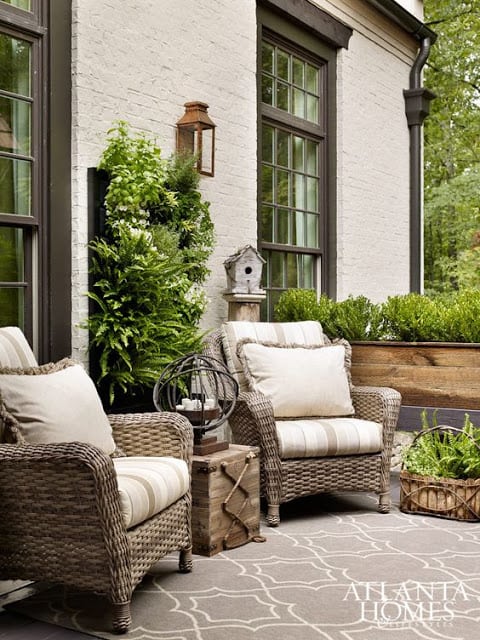
The property of the materials involved naturally dictates the wicker`s durability. The rattan vine can be sliced to various lengths and widths and it contains fibers running lengthwise through it offering the vine the immense strength of a multi-strand cable, the dense the fibers the more powerful the material. The vine can be bent yet unlike wood it would not splinter nor break. It is known that many individuals mistake the wicker's flexibility for weakness yet this is certainly not the case.
The process that would transform harvested vines into a piece of furniture involves numerous steps, most of them being realized by hand. Each thorny leaf is removed by pulling across each length a forked stick driven into the ground. In the harvesting process, the bundles of rattan often use water power, floating down the river through the jungle till they reach the sea in most cases, at this point the sun`s warmth would have cured the material well thus making it ready to be shipped to the factory. Once they reach the factory certain machines cut the vines into different shapes and lengths. The strongest part, the smooth outer skin known as "the cane" is used to make the chair seats, "cane seats" as they are referred to locally. The cane seats are most often than not woven by a machine.
Workers are used to manipulating the rattan core products that are still pliable, and green. If the material dries out, rigidly, it will be soaked for a few minutes to regain its flexibility in the manufacturing process. When the material is steamed, rattan vines can be twisted and bent, as soon as the material cools and dries it gains rigidity and the molded shapes can remain permanent making the process ideal in the manufacturing process.
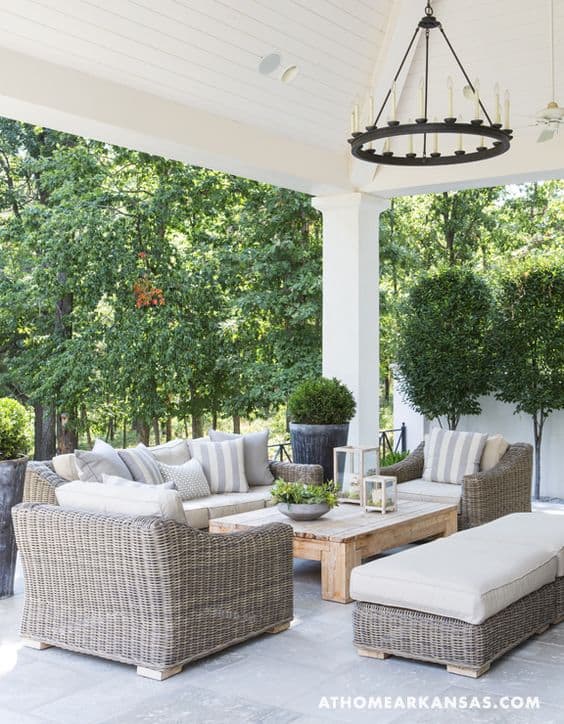
The original form of rattan is a close relative to a tropical palm tree, rattan starts to grow in a vertical direction, upwards yet it bends back to the ground and snakes through the rain forest soon afterward, very much like a vine. The vines is being harvested after years of growth and after harvest, they`re sliced into 12 to 18-foot or 3.7 to 5.5 meters sections to be dried efficiently.
Today, rattan is considered one of the strongest types of wood available as its grains grow vertically rather than horizontally in concentric rings like other hardwood. Certain pieces of straight rattan are always steamed and shaped directly into certain standard forms that will be used industrially when the rattan dries, retaining its shape forever. These standard pieces do form most of the structure of the end furnishing pieces, pieces we are to call later on either rattan or wicker furniture.
The difference between rattan and wicker lies here, where rattan is a specific material, and wicker is the general process that will shape finished goods from certain vines, these vines can be rattan, willow, bamboo, or any other vine. No material in our world is called wicker, the internet clearly proves that even manufacturers can misuse the terms yet you now know the difference, a wicker furniture piece may contain rattan as a structure for example yet the woven pieces may or may not be rattan but any other vine.
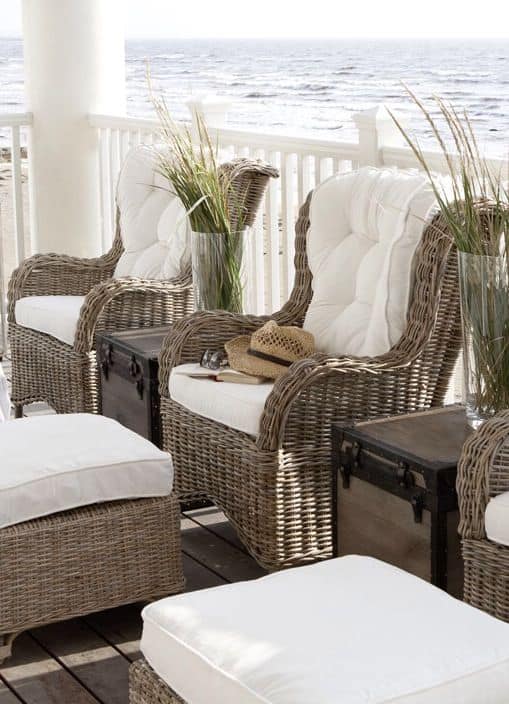
It is worth noting that rattan vines can be mechanically peeled to form the thin slats later used for weaving. The curved outer layer can also be used as a decorative trim as this can cover some rough areas in the wicker process. Bamboo can also be used for trimming yet it cannot successfully form the frame as it's hollow and it can easily crack when steamed and bent whereas Rattan is a very lightweight-solid material.
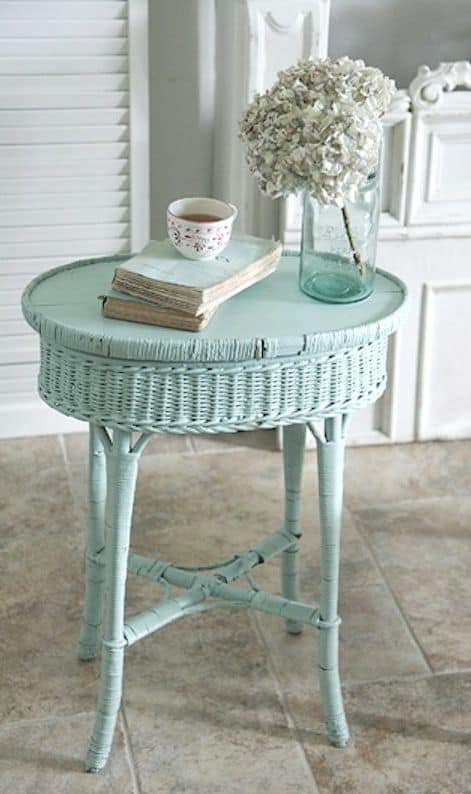
via apositivelybeautifulblog2.tumblr.com
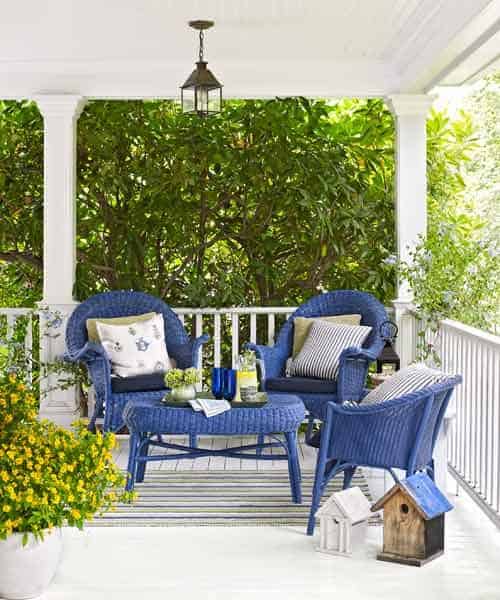
Photo Courtesy to Julian Wass

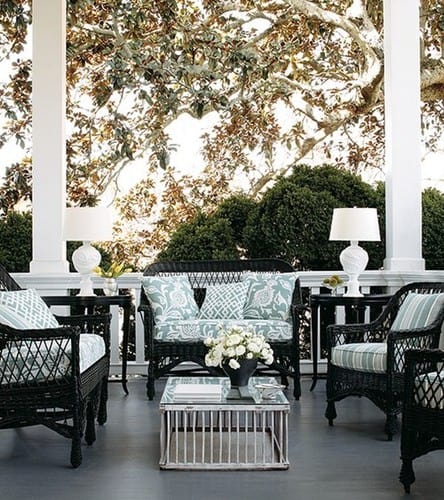
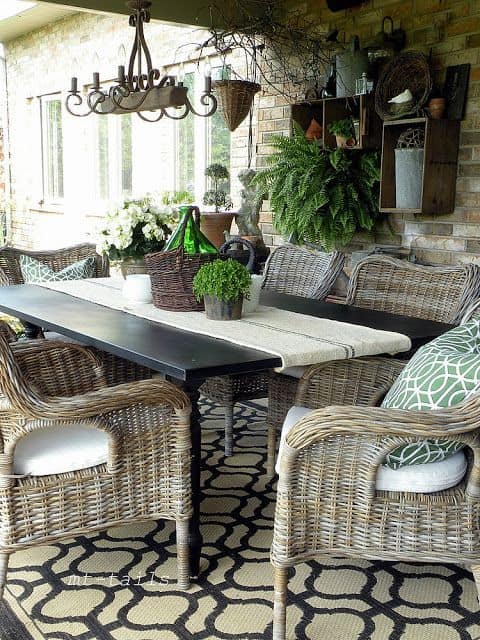
via oliverandrust.com
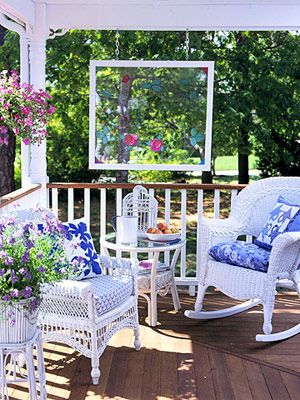
Source Unknown
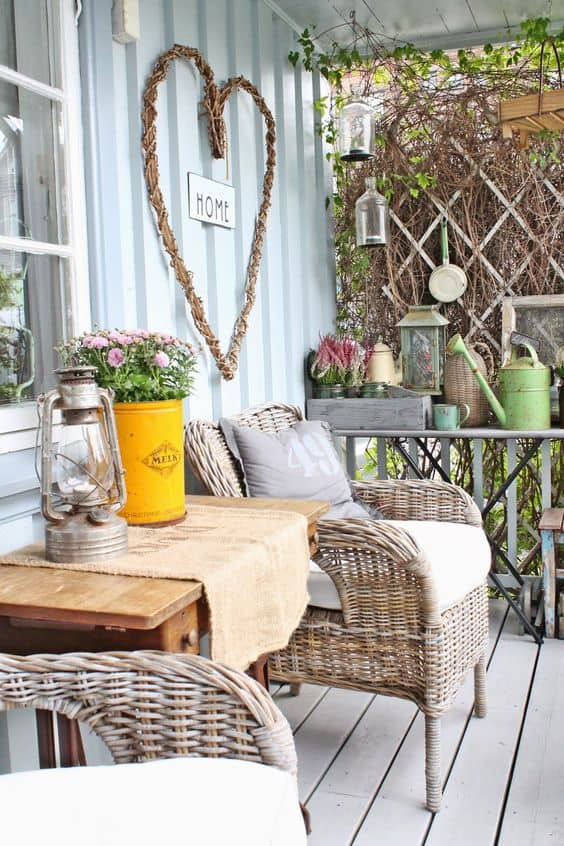
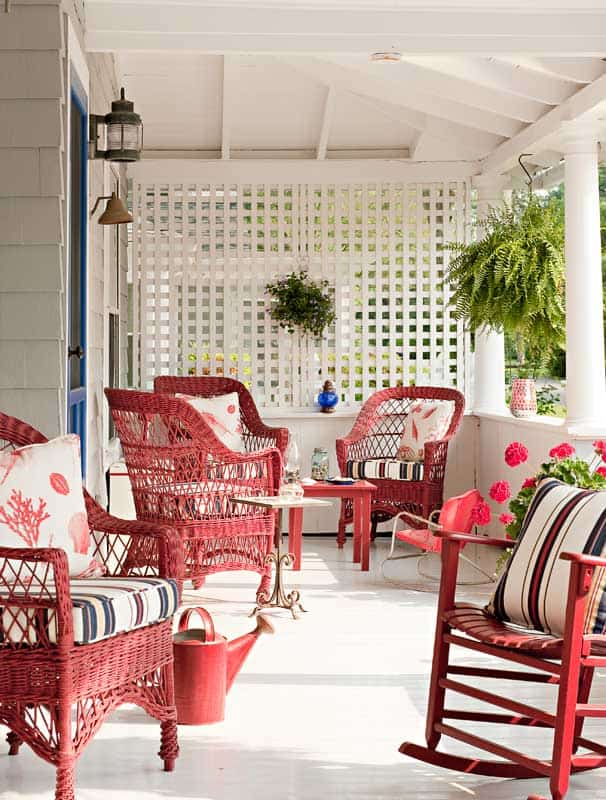
What is Rattan?
Rattan comes from the Malay word "rotan", a word known to cover no less than 600 old species of climbing plants that fall under the subfamily of Calamoideae. Rattan has also been named after the main ports of shipment, Manila and Malacca City, today being able to be identified as manila or malacca as well. In southeast Asia, rattan can also be called manau from the Malay "rottan manau", the trade name for canes.
Rattan has been a material that has shaped tools for fishing, planting, harvesting, and construction of homes and furniture for centuries in the midst of the Egyptian Empire as the earliest piece of wicker found in Egypt dated back to 1400 B.C. In the late 1800s, Rattan became along with wicker easier to access, boosting the popularity of both. Today Rattan is known to be part of the palm family also known as Genus Clamu.
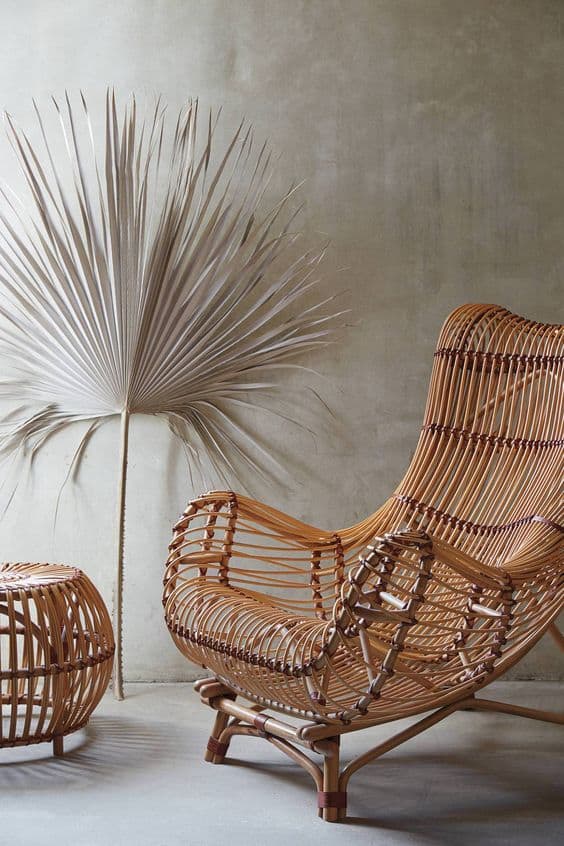
The plant grows in a long slender stem that maintains a uniform diameter on its entire length. Its growth is very similar to a vine yet it has an inner core and is not hollow as bamboo is. Rattan grows in such a manner due to the dense rain forests in which it grows, climbing on tree limbs being one option to reach light throughout the dense shade of the forests. The inner portion of the plant is somewhat porous and soft, and light, whereas the outer portion is extremely durable, hard, and resilient.
Rattan has now declared harvesting season as it grows all year round. Due to the difficult landscape and great inaccessibility of the jungle in which it can be found the rattan can be only harvested manually, by hand. The largest poles will be used for frame and structure construction. The making of the wicker is realized semi-automatically, a machine extrudes the outer layer to produce the wicker that will, later on, be weaved onto a frame.
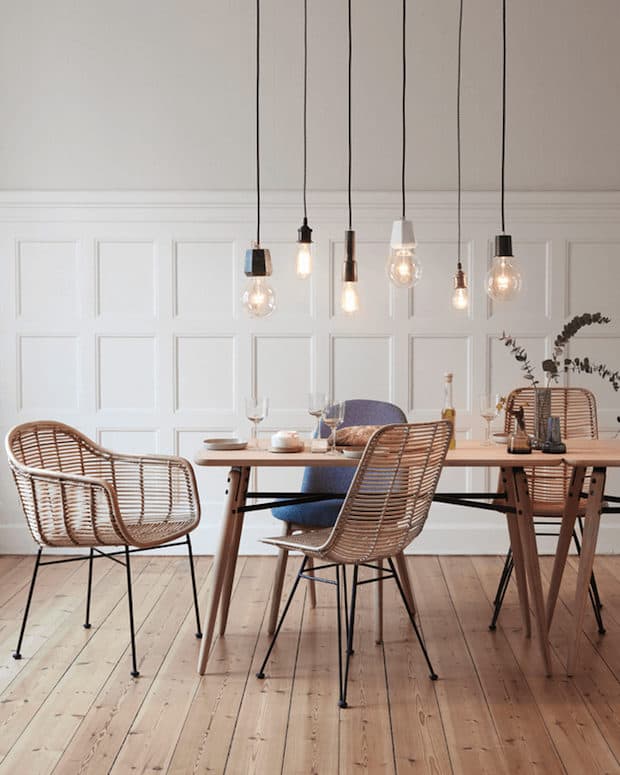
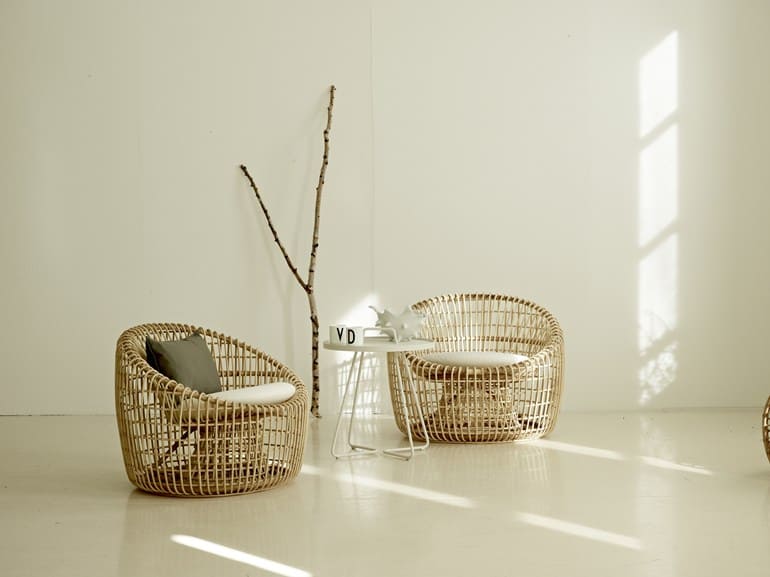
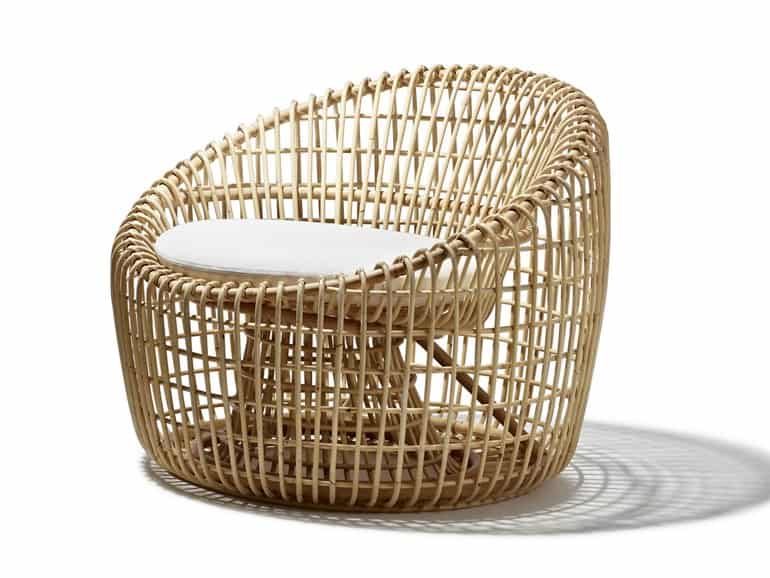

via f-h-l.dk
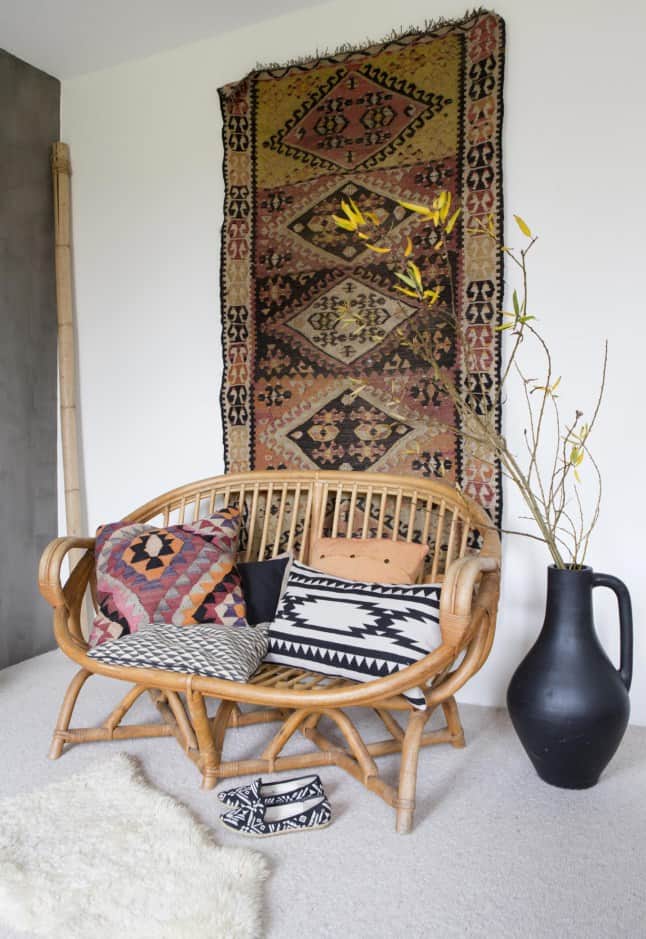
via planete-deco.fr



Source Unknown

via vosgesparis.com
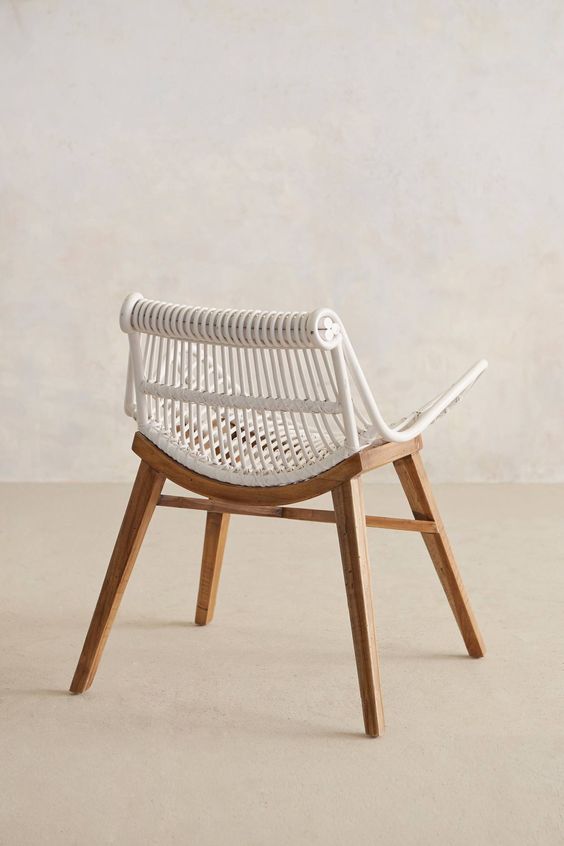
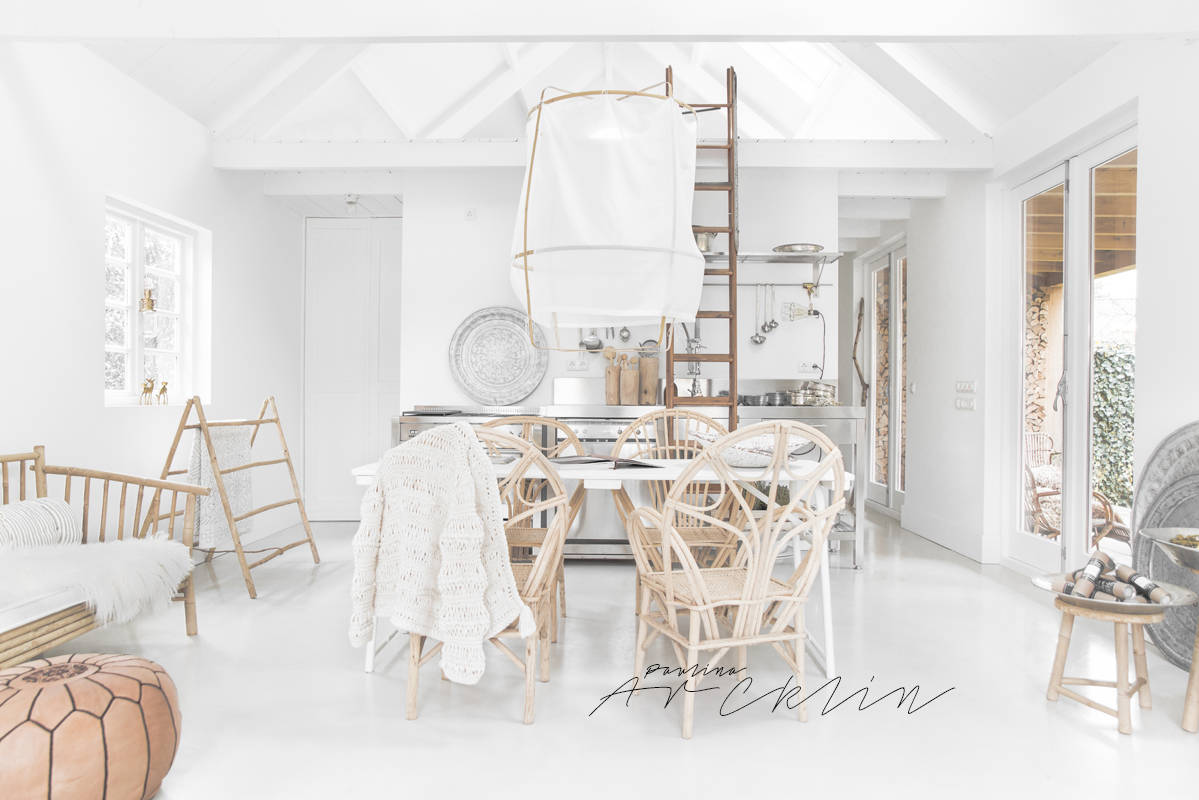

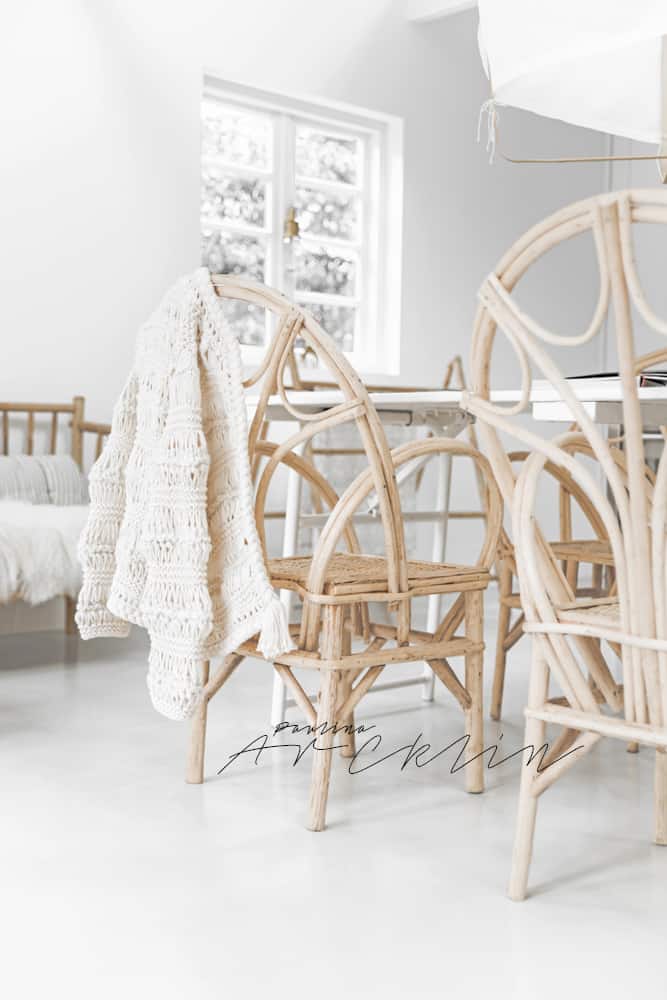

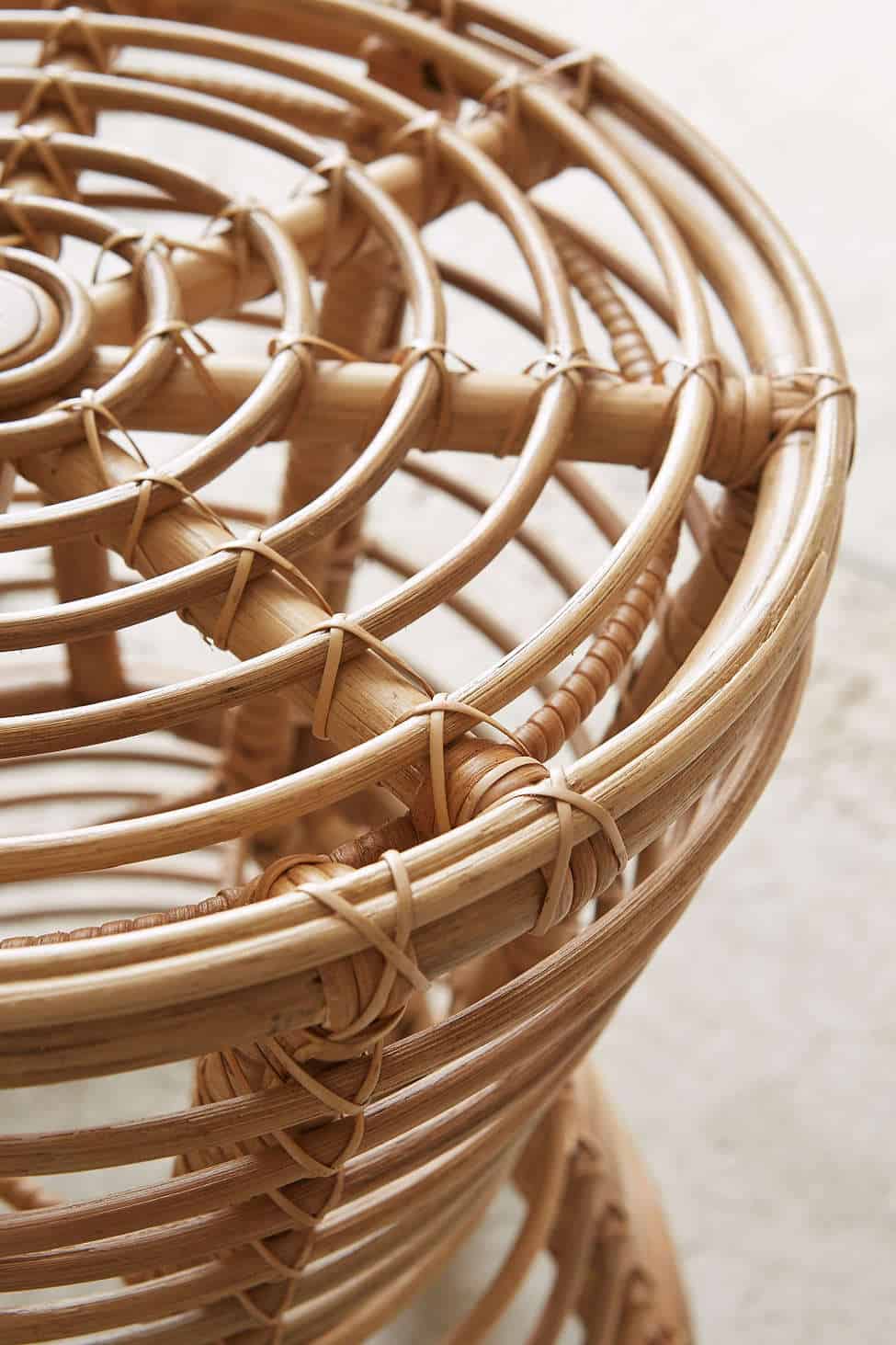
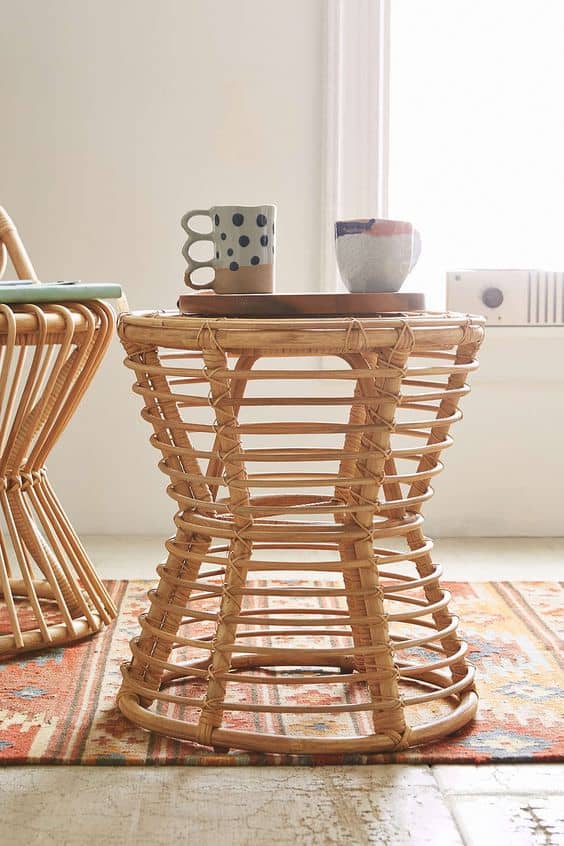
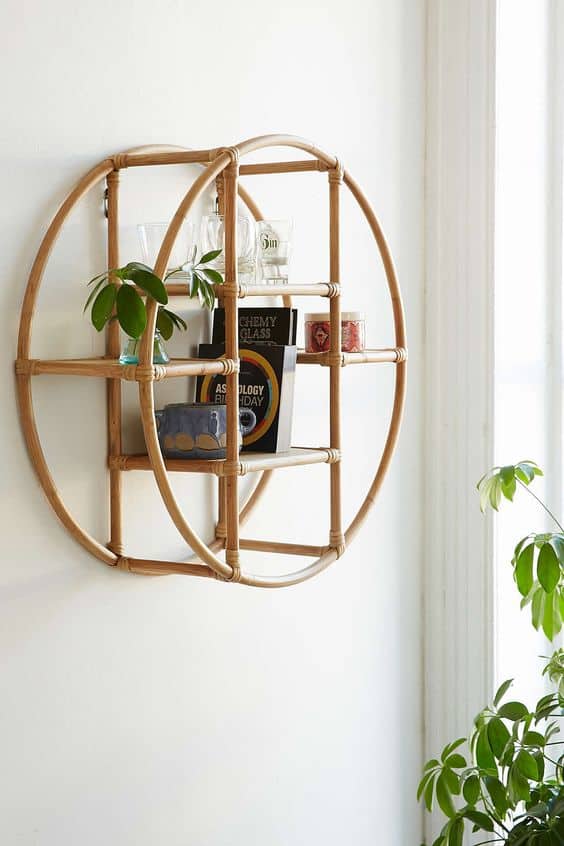
via urbanoutfitters.com
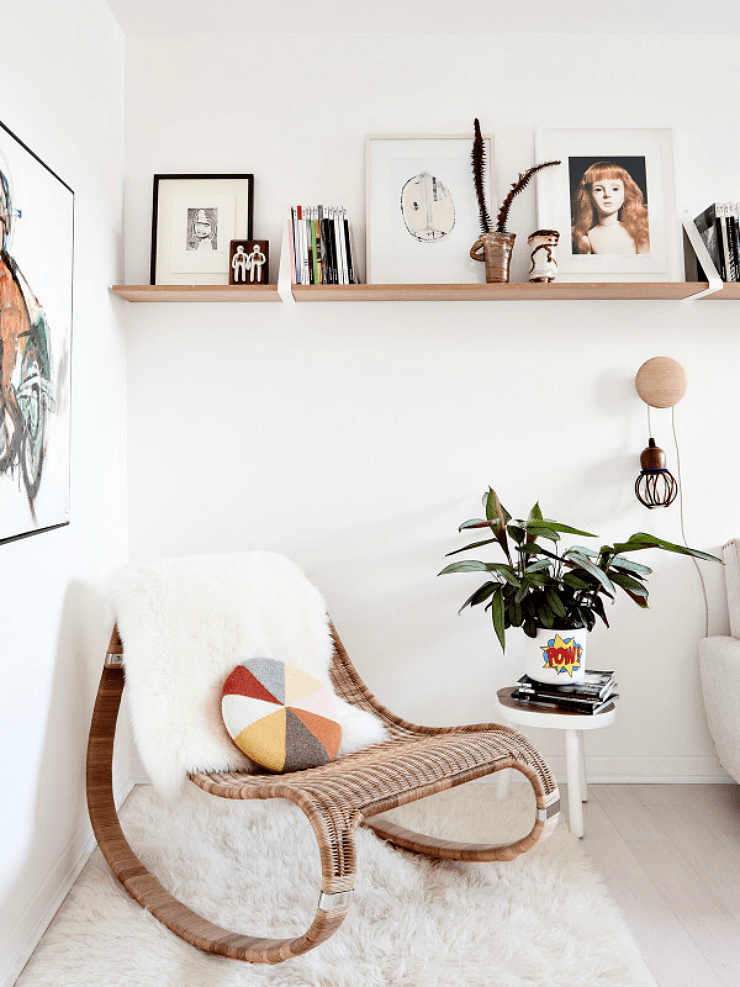
via labiciazul.es
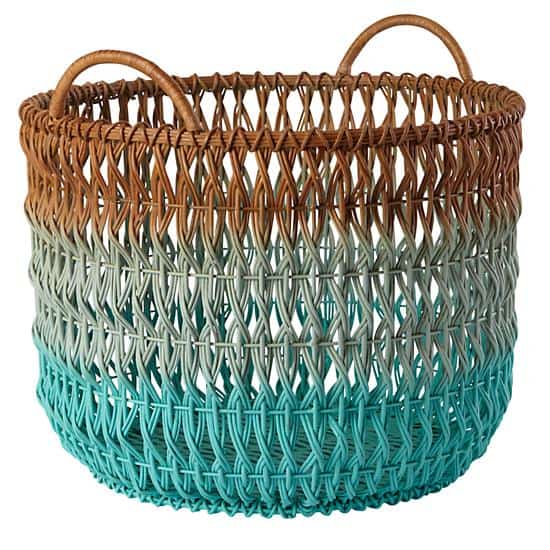
via landofnod.com
What do you think? Do you have wicker furniture pieces in your household? We would love to hear your valuable feedback on the subject in the comment section below.
Related Articles
19 Different Types of Mid-Century Modern Furniture
